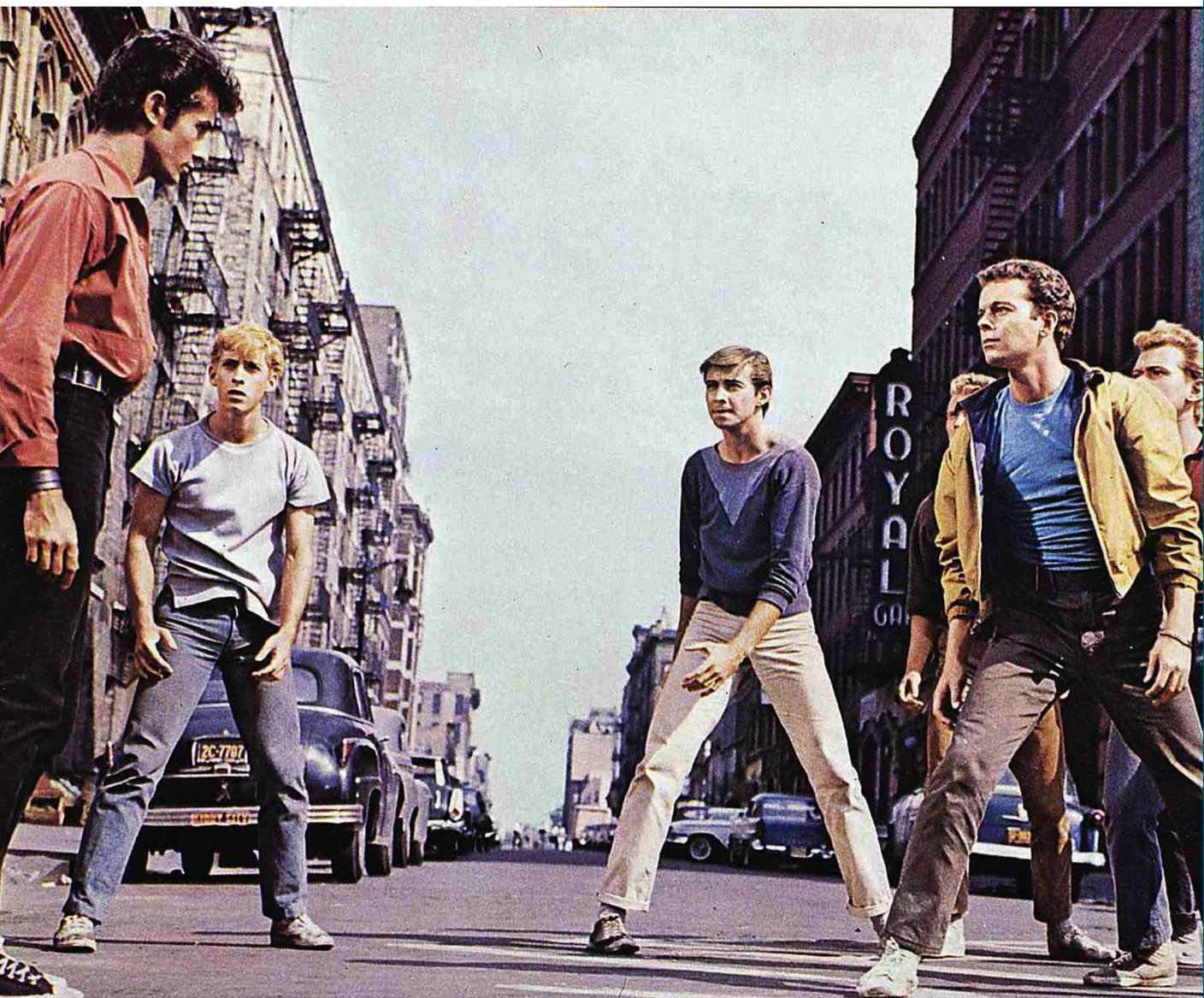
A scene from the 1961 film adaptation of West Side Story, which was inspired by Romeo and Juliet. Shakespeare’s play has become “a curious kind of template for romance”, argues Sophie Duncan
It’s fascinating that Shakespeare chose to make the protagonists of this play so scandalously young, even by the standards of the 16th century. Unusually, he specifies that Juliet is not yet 14 years of age – it’s clear he wants us to take note of that point. The story itself is an old one, though Shakespeare’s most recent source was a 1562 poem by Arthur Brooke, whose Juliet is 16. However, unlike Brooke – who paints the couple as naughty, libidinous teenagers – Shakespeare ultimately views the tragic teens as victims of their families’ fatal feud.
We tend to think of the teenager as an invention of the 20th century but, even in Shakespeare’s day, parenting manuals were produced to explain the changes adolescents go through and advise how to keep teenagers on the straight and narrow. Shakespeare himself is pretty astute about teenage boys: the play explores gang warfare, and its male romantic hero is also its most violent character.